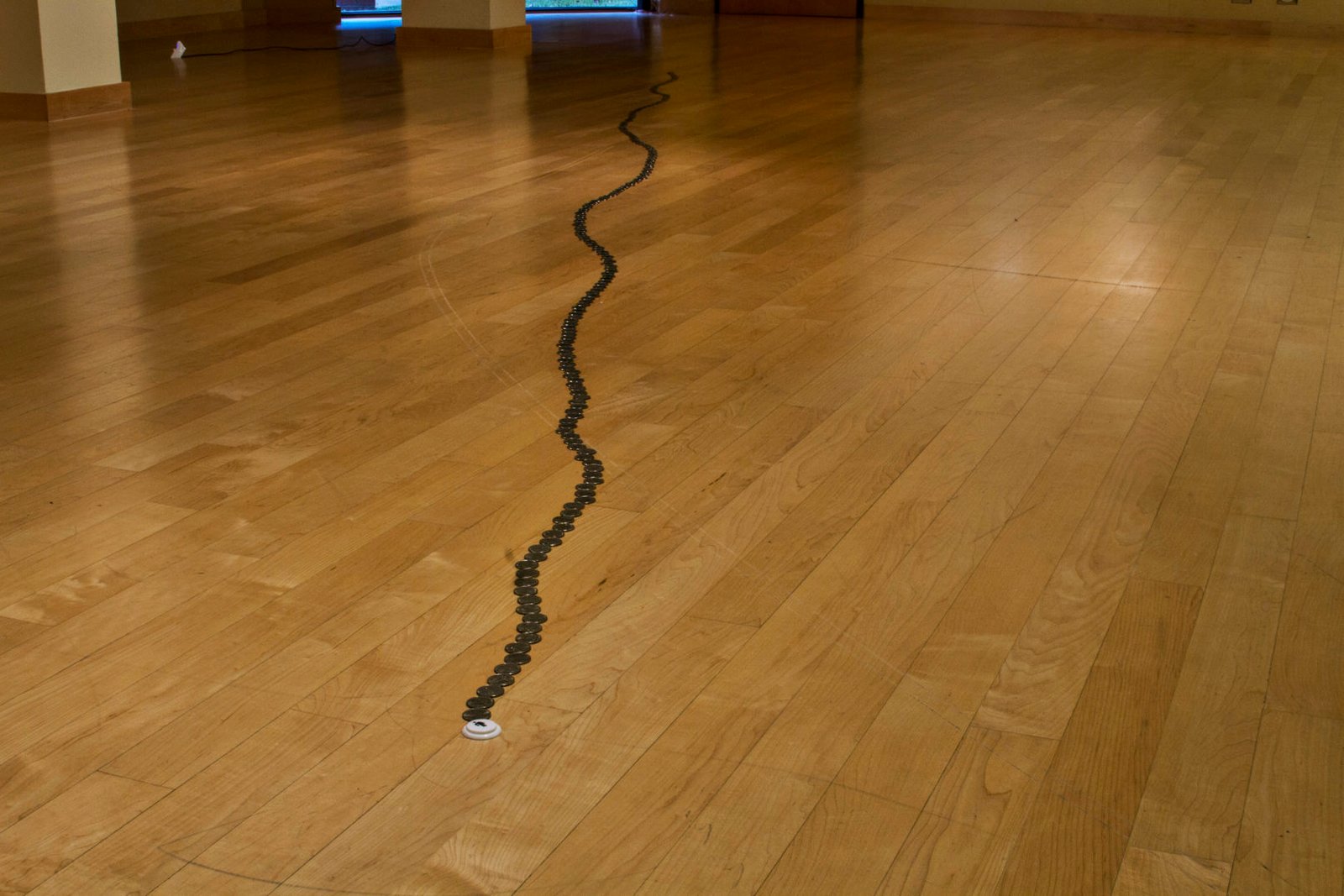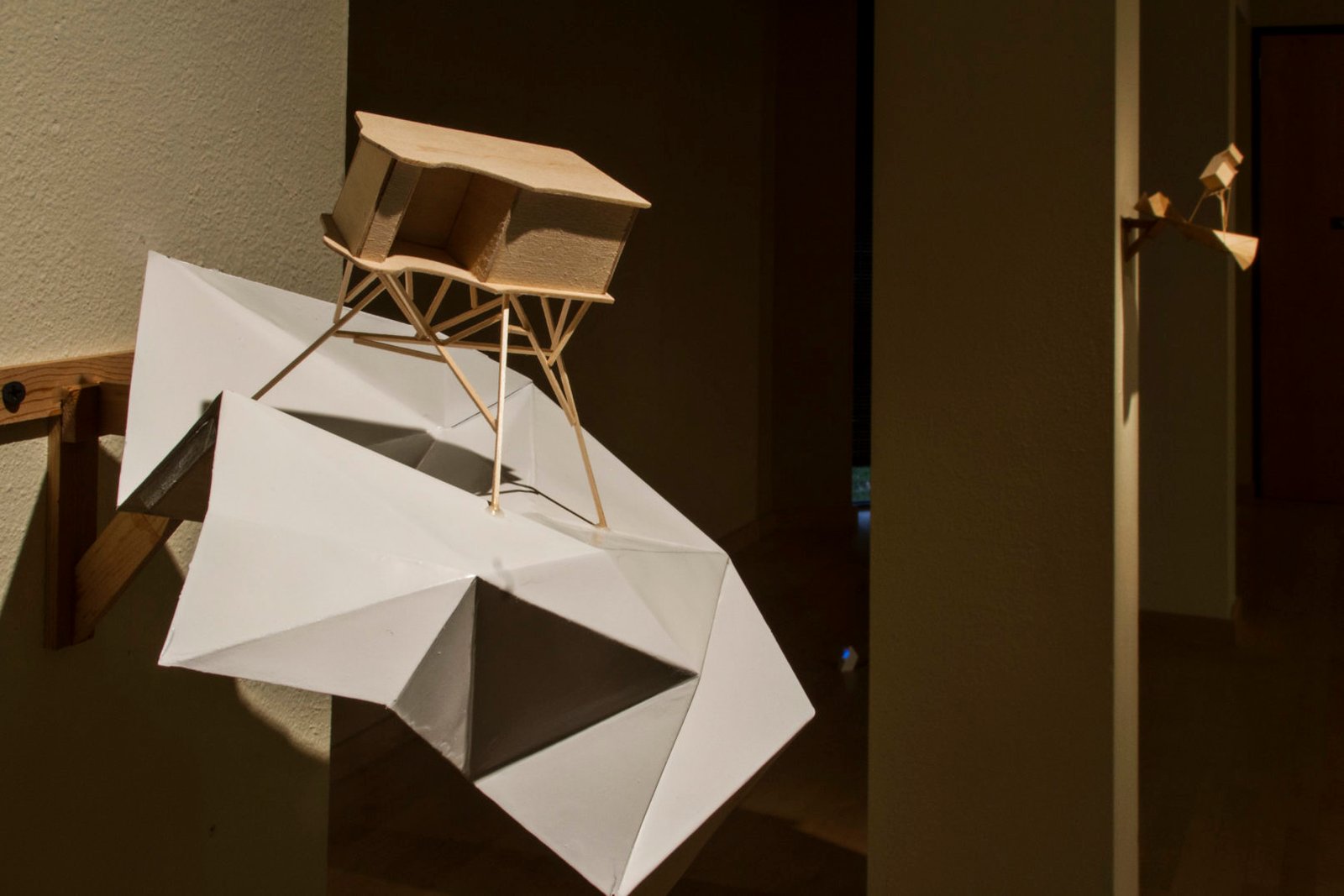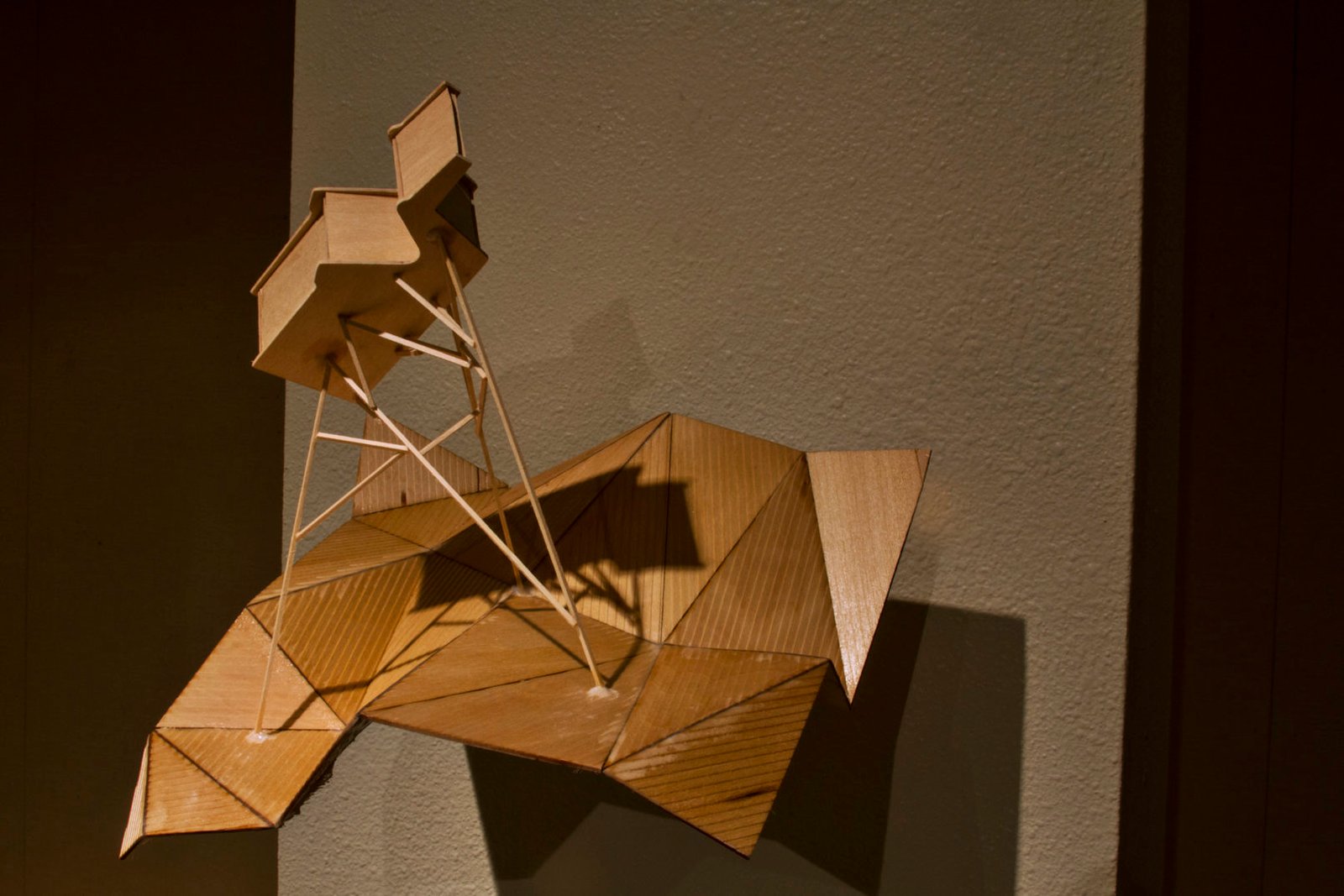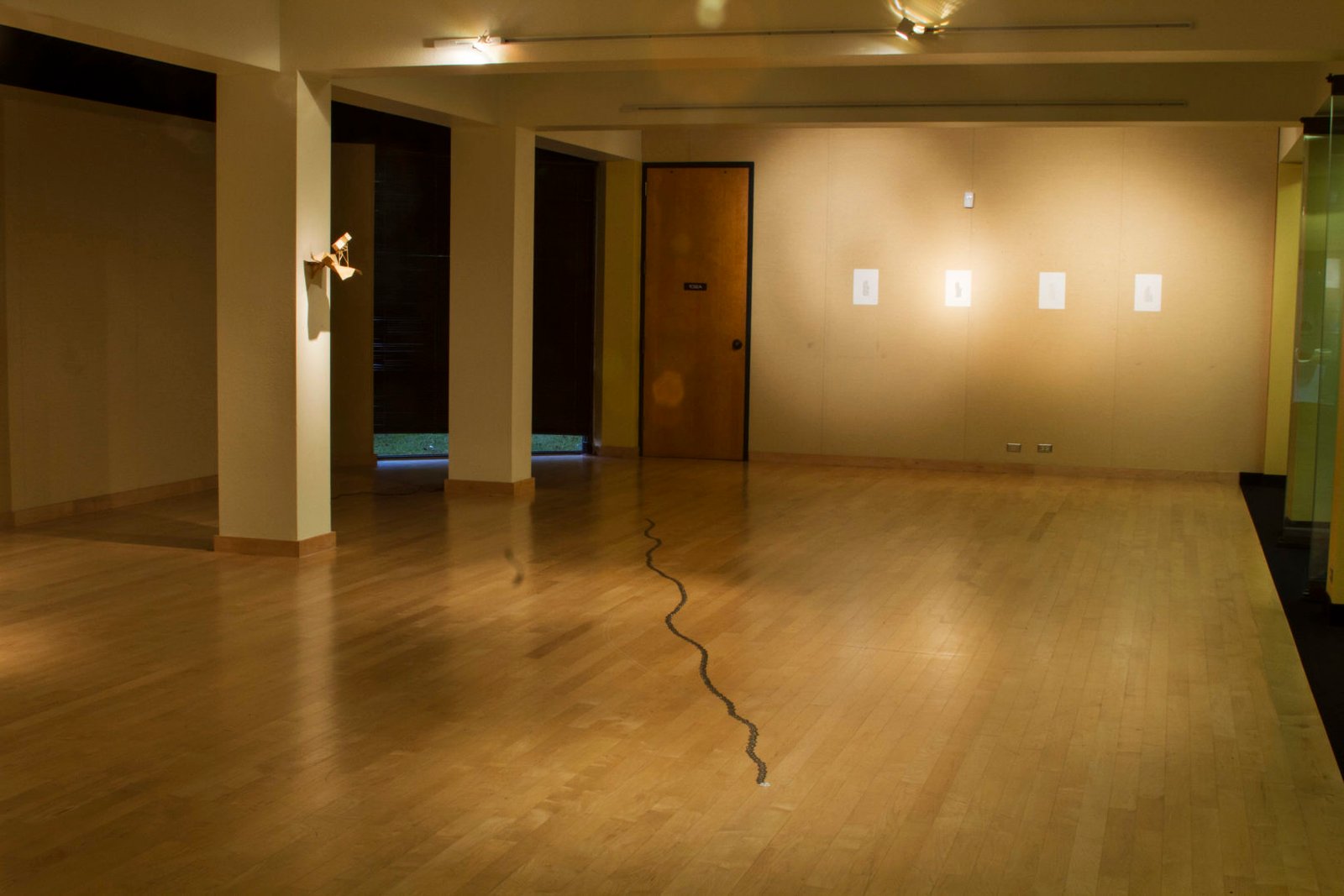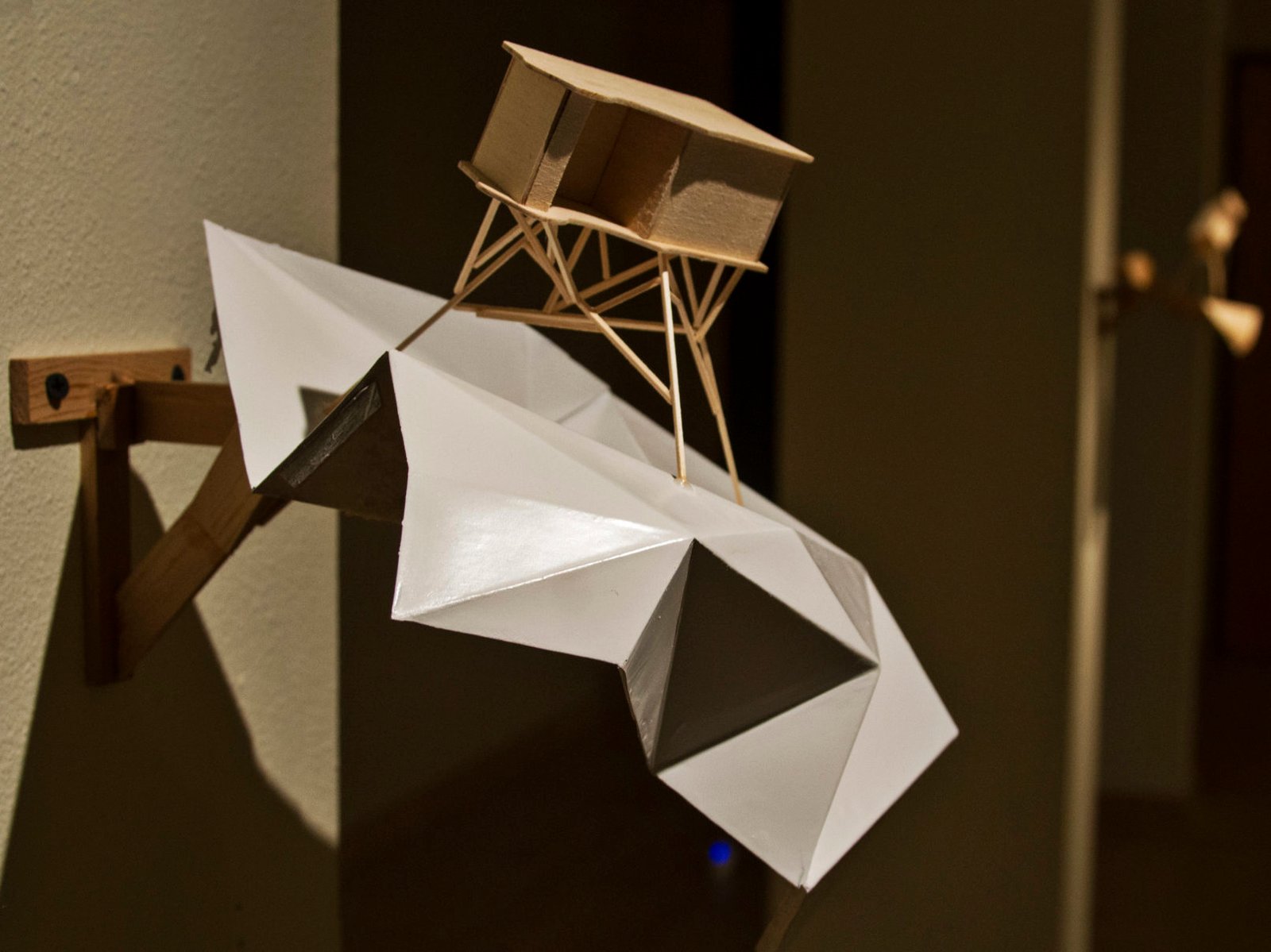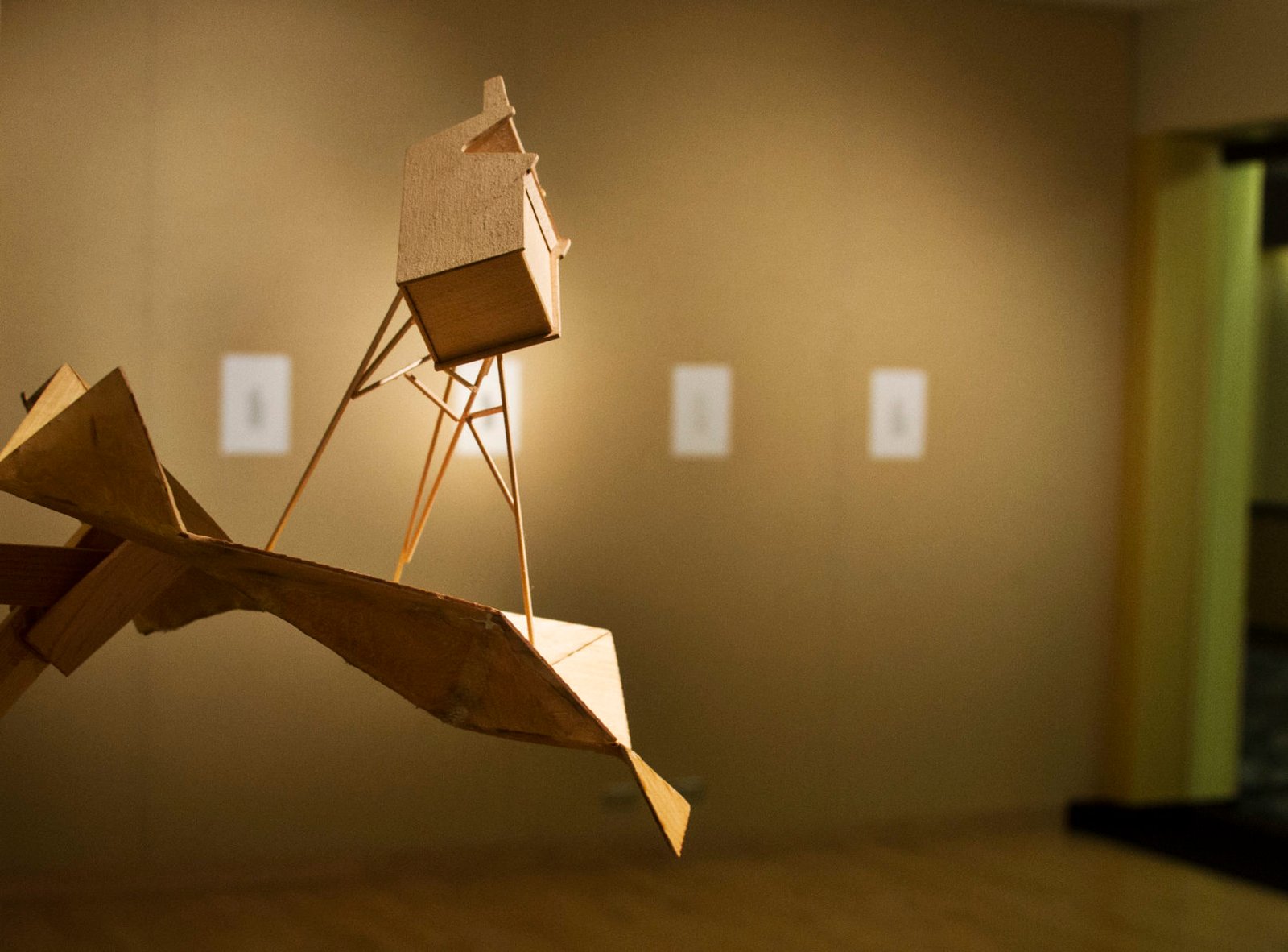alone together
The objects and images comprising Alone Together: Contemporary Arcade are inspired by both personal experiences and the history of gaming culture. I consider the simultaneous public and private spaces of a video arcade in the same manner as one might consider a library. The compressed narratives and high score screens are squeezed together within the building’s architecture not unlike masterworks lining a bookshelf, filled with the stamped record of those who have read or conquered the object before. As an introverted youth, these spaces allowed me to be near or with others who may share similar interests while it was socially acceptable to immediately lock eyes with a screen and say nothing for hours. To be alone together was an escape from uncomfortable situations for me. I then would have the power to decide when to reinitiate contact with another or even join forces in a collaborative goal of two-player combat or teamwork.
The unspoken democracy and respect for these relationships can be seen in “Maximum number of characters: the longest line” where 256 U.S. quarter dollars touch end to end with a Player One button. This gesture represents the universal silent request for the “next game” should a person be playing a game that you would like to play next. My interest in these spaces is also tied to the actual construction or architecture of the arcade cabinet. Each game or gaming company may have a different shape or style of the wooden housing for a game; this branding or outline can be recognized often in a darkened arcade or from a distance. Similar to the way a television monitor will have shapes permanently marked after years use, this “silhouette burn-in” can be seen in the eight drawings studying the shapes of specific game cabinets. Textures and patterns from the U.S. Geological Service were used in the same way that maps will delineate areas of water, marsh, stone, desert and other biomes. The sculptural maquettes which appear to be floating on stilts or sinking represent sketches for large-scale sculptures I would like to create one day. Video arcades are disappearing from public spaces despite a resurgence of “bar-cades” in many cities. This slow-motion extinction of the arcade is something I fear; these games and nested architectural forms represent a time capsule of the development and emergence of technology and gaming culture in our history. These sculptures and simulations exist to emphasize or point at this disappearance in the hopes that it is not too late to preserve the original objects, experiences and information.


